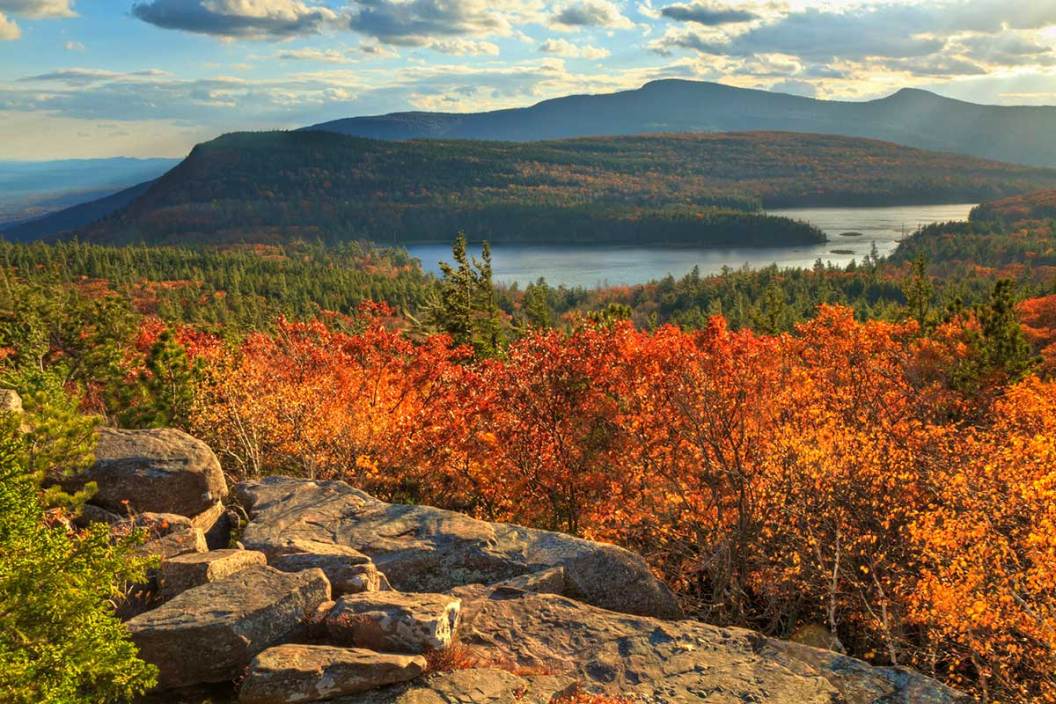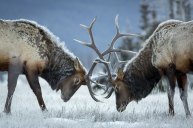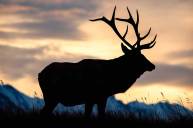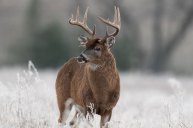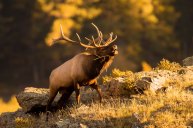I'll never forget my time growing up and living in western New York hunting and fishing. There is some argument as to which part of the state it is, but we always called it "Upstate" and we thought we were right. It's really quite rural farmland, what is known as the "lake plains" since Lake Ontario is basically your backyard. There are tremendous spring steelhead runs, fall salmon runs, and the charter boat captains put people on both of them all summer long out on the main lake. In my youth the pheasant hunting was routinely excellent and the birds weren't stocked. Growing up as an ardent waterfowl hunter was inevitable since every fall the swamps filled with migrating puddle ducks. Setting up your block on the big lake could give you great shooting action all day. And I haven't even talked about the deer hunting.
Western New York has some of the most premier whitetail hunting. Due to the massive amount of farmland that is adjacent to private lands, a deer hunter in New York has the same opportunity to bag a big buck as anywhere, and the deer population just keeps growing.
But then I moved away from all that and now I'm in the learning process again. These days I live in the fabled Catskill Mountain region and it's everything I ever heard it was, and much more.
I wanted to take note of some of the things I have learned and sights I have seen since making the move. It highlights some of the big hunting and fishing activities I now have nearby, but also the wildlife and wilderness that makes this place special.
Bears
One of the first videos that my trail camera captured once I set it up was this young bruin giving a taste test to my Stealth Cam. One of the first people that I sent the footage to was my new neighbor, who promptly told about the adventure he had chasing away a 300-pounder from his garbage can that same night.
Sullivan and Ulster Counties are arguably the two best bear hunting areas in New York, and I live right in the middle of all that now. Bear season opens with the start of whitetail season in New York and the best part is that I can use my .270 Win Mag here.
Fishers
I uploaded this video to my YouTube channel the same day that I uploaded the bear video. It was taken in the exact same location just one day apart. I've gotten a fisher on my trail camera multiple times now and I never get enough of seeing it.
As a youth I trapped many muskrats, raccoons, and minks, but it's been a long time since I delved into trapping. New York has reasonable regulations on fisher with trapping season dates starting around the end of October or early November, and at this time, there are no bag limits for trapping fishers.
Snakes
There are plenty of snakes in the western end of New York where I came from, but not like they have them here. Sure, this rat snake that I found lounging on the deck is quite harmless (unless you are a chipmunk or a field mouse), but this big black snake is only the tip of the iceberg,
The Catskill Mountain region also has ringneck snakes, and garter snakes to be sure, but it is the timber rattlesnakes and the copperheads that got my attention. There are so many rocky outcroppings along with the wetland areas that just scream excellent cover and breeding for these two venomous snakes, that I've learned you just cannot walk casually on the bluestone during the warmer parts of the year.
EHD
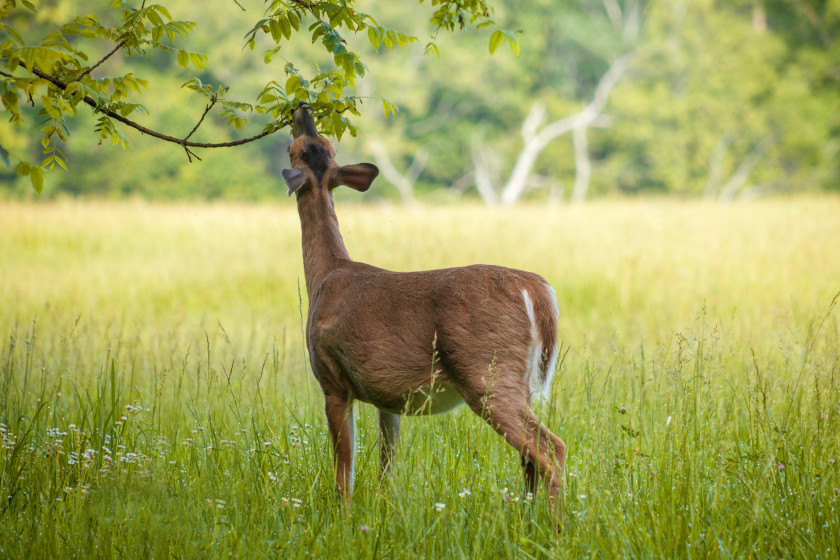
Getty Images: Soundarajan
EHD, or Epizootic Hemorrhagic Disease, is a viral affection for whitetail deer that is transmitted by biting midges, also known as no-see-ums or punkies. An outbreak was detected in the lower Hudson Valley in late July 2021, putting me right in the middle of it.
My neighbor, who has been living and deer hunting here for over 30 years, said the effects have been devastating. Deer with EHD tend to die from the inside out in the most horrific way, many times being found in or near water as it is their last resort to try and drink.
The first hard frost usually kills the midges, effectively ending EHD outbreaks, but these days the warmer temperatures linger into the fall, inevitably killing more deer. The lone saving grace is that some deer have been identified during the fall deer season harvest as having been infected by EHD but ultimately surviving, giving hope that the herd may be finding a natural immunity.
Ticks
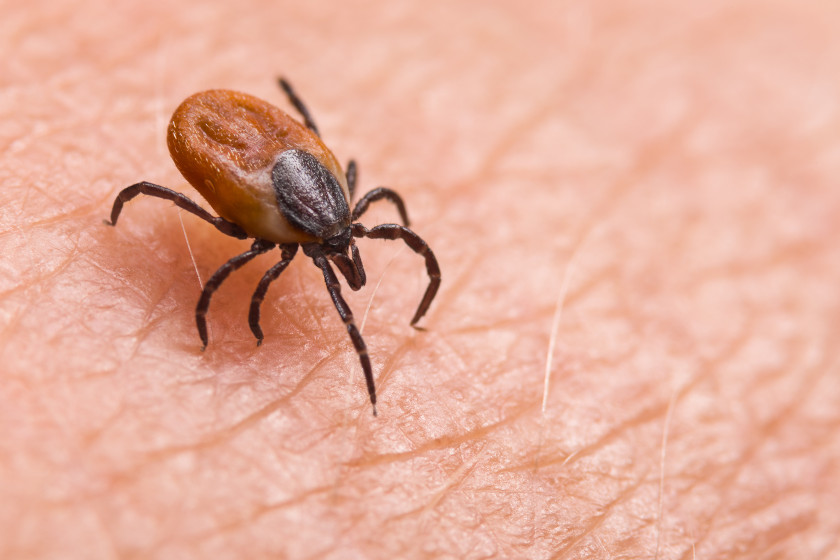
Getty Images: Ladisla Kube
Right when you think that a disease like EHD affecting the entire deer herd is bad enough, you find out that this part of New York is basically the tick capitol of the state. Sure, there are ticks in western New York, but the honest truth is that I've never found one on my person in my entire life of brush busting, bushwacking, or cutting timber in that part of the state.
In eight months of living here, I've found one embedded in my thigh, and found two others that didn't get the chance to dig into my flesh. Hikers here routinely wrap outward-facing duct tape around their ankles to stop them from climbing, and I'm now the new proud owner of permethrin treated oversocks that I tuck my pants into.
As the summer goes on and things dry out, ticks have to retreat to the wooded areas and the taller grasses to quest for mammals to leach off of, but every single time you go outside in flip flops or your bare feet in the lawn, you take a chance.
Antler Restrictions
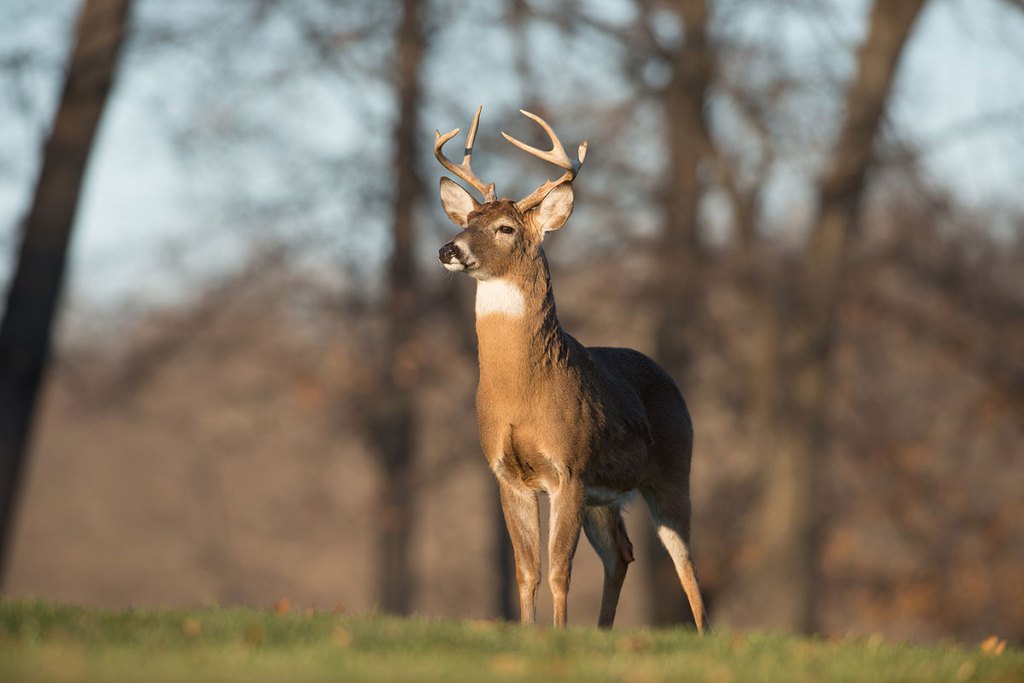
In my opinion, I think it's about time antler restrictions made their way to the larger lexicon of deer hunting. I've let every single spike, forkhorn, and little six-pointer walk away (especially on Opening Day) for many, many years, and I know it pays off. I've never hunted in an area that had antler restrictions and I could care less because I've spent my entire hunting career abiding by them. With them set in the official regulations for my new part of the state, I'm anxious to see if there's a noticeable difference in the deer that give me opportunities.
Wild Trout Streams
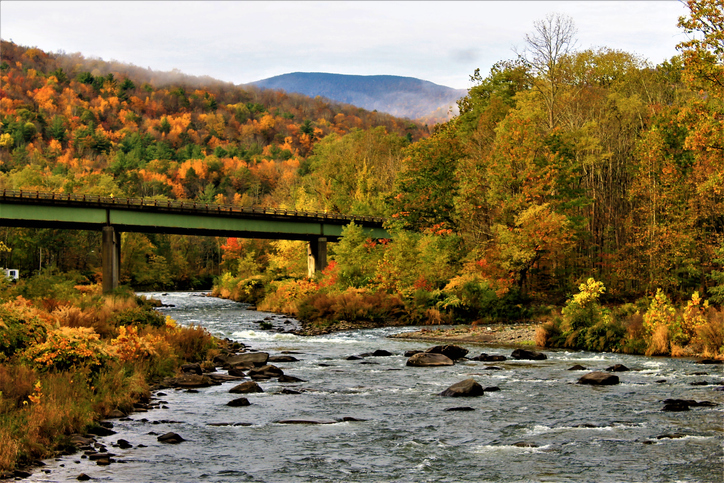
Getty
And I mean wild. These are the areas that trout anglers dream of and there are many places like that to try your luck here. Vaunted names like the Beaverkill, Willowemoc, Neversink River, and the Esopus Creek are here and it's a dream come true for trout fishing enthusiasts. It should be said that some of these waterways get an infusion of stocking efforts to give the wild populations a better chance, making the phrase "wild trout stream" an arguing point for purists. But hey, it works for me.
Bobcats, Barred Owls, and Pine Sawyers
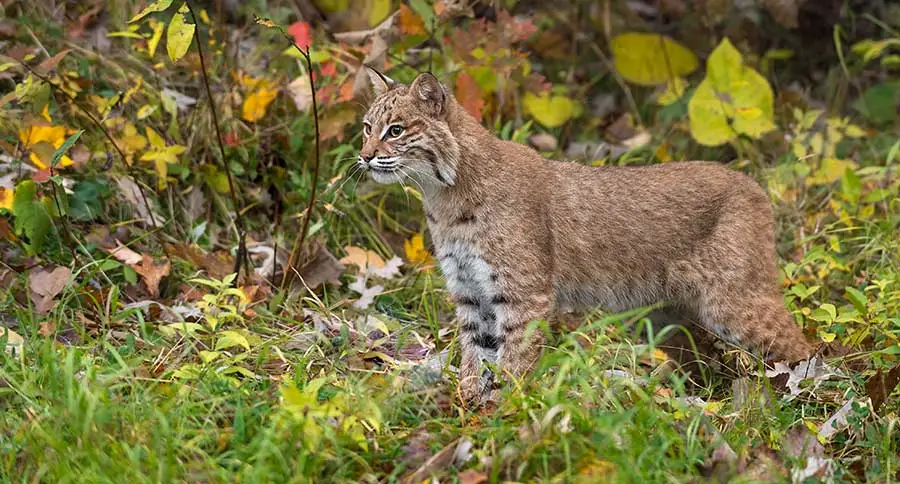
None of these creatures are non existent in Western New York, but they are regular visitors here. At night you can hear the barred owls hooting from every direction, and it's absolutely fascinating. I have yet to see a bobcat here, but the neighbors assure me that they prowl through the area quite often.
And why list the white-spotted pine sawyer? Mainly because they are biggest, freakiest looking beetle I've ever seen in the woods, and they're found everywhere here. One look at a close up of their mandibles and you'll see why you don't want one landing on you, even though they are of very little threat to people.
There are many new regulations I have to observe here, especially when it comes to public land fishing and hunting. And the whitetail population? I see a heckuva lot of deer around here and have found some nice sheds to get me excited for the upcoming season.
Please check out my book "The Hunter's Way" from HarperCollins. Be sure to follow my webpage, or on Facebook and YouTube.
